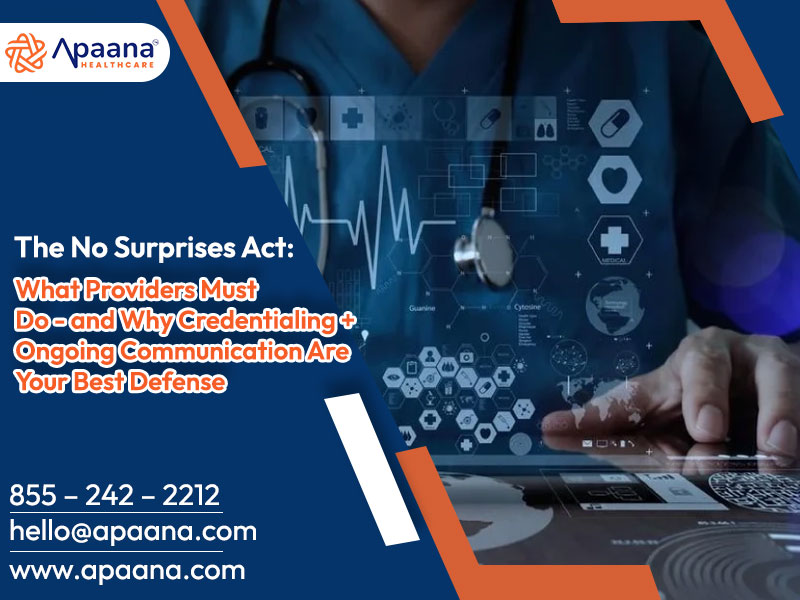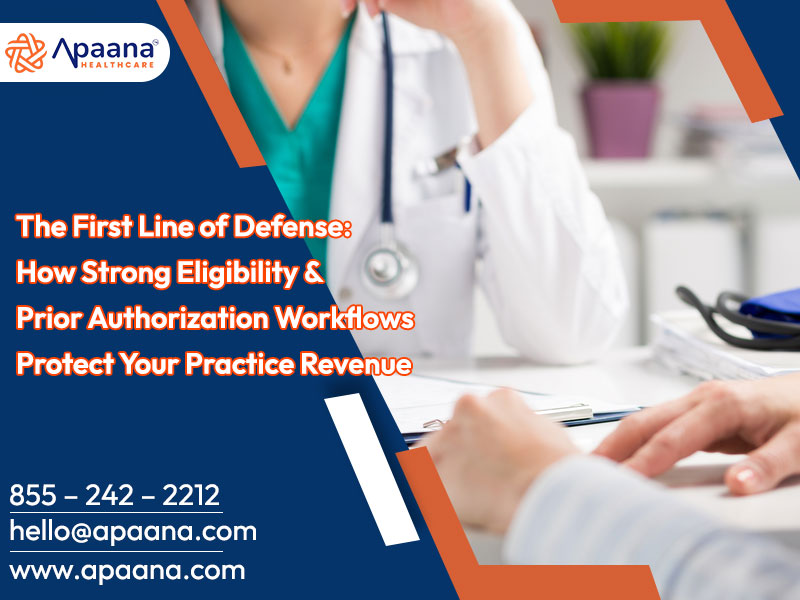Certified billing and coding professionals are essential to the healthcare industry, ensuring accurate and efficient processing of medical claims, payments, and patient data. With the growing demand for skilled professionals, obtaining your certified billing and coding credential can open doors to a rewarding and stable career. If you’re eager to earn your certification quickly, this guide will walk you through actionable steps to streamline the process while maintaining quality in your preparation.
What Is Certified Billing and Coding?
Certified billing and coding professionals play a critical role in healthcare operations. They translate medical procedures, diagnoses, and services into standardized codes used for billing purposes. These professionals ensure that healthcare providers are reimbursed accurately and on time, minimizing claim rejections and delays.
A certification in billing and coding validates your expertise and proficiency in the field, making you a desirable candidate for employers. Popular certifications include:
- Certified Professional Coder (CPC) by AAPC
- Certified Coding Specialist (CCS) by AHIMA
- Certified Billing and Coding Specialist (CBCS) by NHA
Why Get Certified?
Getting certified not only demonstrates your competence but also significantly boosts your career prospects and earning potential. Here’s why certification is vital:
- Industry Recognition: A certification establishes you as a qualified professional, trusted by healthcare organizations.
- Higher Earning Potential: Certified billing and coding specialists earn significantly more than their non-certified counterparts.
- Increased Job Opportunities: Certifications make you eligible for specialized roles and increase job security.
- Skill Validation: It showcases your expertise in medical coding systems like ICD-10, CPT, and HCPCS Level II.
Steps to Get Your Certified Billing and Coding Credential Fast
1. Choose the Right Certification
The first step is identifying the certification that aligns with your career goals. For beginners, the CPC certification by AAPC is an excellent starting point, while the CCS credential by AHIMA is ideal for advanced coders looking to specialize.
Spend time researching certifications based on their relevance, industry acceptance, and eligibility criteria.
2. Meet Eligibility Requirements
Most certifications require candidates to meet specific prerequisites, such as:
- High school diploma or GED
- Relevant coursework in medical billing and coding
- Experience in a healthcare setting (in some cases)
Check the requirements for your chosen certification and ensure you’re eligible before proceeding.
3. Enroll in an Accredited Training Program
Accelerated training programs can help you gain the knowledge and skills needed for certification. Look for online or in-person courses offered by reputable institutions such as AAPC, AHIMA, or local colleges.
Many programs offer flexible schedules, allowing you to complete coursework at your own pace while working towards certification. Focus on programs that include:
- Comprehensive instruction in coding systems (ICD-10, CPT, HCPCS)
- Practice exams to familiarize yourself with the certification format
- Practical applications in billing and coding
4. Create a Study Plan
A well-organized study plan is key to earning your certification quickly. Break down your preparation into manageable sections and set realistic goals. Here’s how:
- Prioritize Core Topics: Focus on anatomy, medical terminology, coding systems, and billing practices.
- Allocate Time Wisely: Dedicate a few hours daily to studying and increase the intensity as the exam date approaches.
- Use Exam Guides: Study materials and exam guides provided by organizations like AAPC and AHIMA are incredibly helpful.
5. Practice with Mock Exams
Practice exams are invaluable for understanding the format, timing, and types of questions on the certification test. Mock exams also help you identify your weak areas and improve your confidence.
Some tips for mock exams include:
- Simulating real exam conditions
- Reviewing incorrect answers to understand mistakes
- Gradually reducing the time taken to complete practice tests
6. Gain Hands-On Experience
While not always mandatory, hands-on experience can significantly enhance your understanding of billing and coding processes. Internships, entry-level jobs, or volunteer opportunities in healthcare settings can provide practical exposure and complement your theoretical knowledge.
7. Schedule the Exam Early
To accelerate the process, schedule your certification exam as soon as you feel prepared. Early scheduling keeps you motivated and ensures you stay on track with your study plan.
Ensure you have all the necessary documents and meet any additional requirements before the exam day.
Tips for Fast-Tracking Your Certification
1. Choose Self-Paced Learning
Opt for self-paced training programs that allow you to progress quickly without being tied to a fixed schedule. Many online courses cater to fast learners aiming to complete their training in weeks rather than months.
2. Leverage Study Groups
Joining study groups or online forums can help you stay motivated and learn from others. Collaborative learning often provides new insights and helps reinforce key concepts.
3. Focus on High-Yield Content
Identify topics that are frequently tested on certification exams and prioritize them during your preparation. For example, CPC exams often emphasize coding accuracy and compliance with healthcare regulations.
4. Seek Professional Guidance
Consider seeking mentorship from certified billing and coding professionals. Their guidance can help you avoid common pitfalls and gain insider tips for exam success.
Exam Day Preparation
On the day of the exam, ensure you’re well-rested and have all necessary materials, such as:
- Government-issued ID
- Exam confirmation details
- Any allowed reference materials (depending on the exam guidelines)
Arrive early, stay calm, and carefully read each question to maximize your performance.
How Long Does It Take to Get Certified?
The timeline for obtaining your certified billing and coding credential depends on several factors, including the training program’s duration, your study pace, and the certification exam schedule. On average:
- Accelerated programs can be completed in 4–6 months.
- Standard preparation may take 6–12 months.
With dedication and efficient planning, you can significantly shorten this timeline.
The Benefits of Becoming Certified Quickly
Getting certified swiftly allows you to enter the workforce sooner and start reaping the rewards of your new career. Employers often prefer certified candidates for their proven expertise and readiness to handle the demands of medical billing and coding.
Start Your Journey with Apaana Healthcare
As you work towards earning your certified billing and coding credential, it’s essential to align yourself with organizations that value excellence. At Apaana Healthcare, we understand the importance of skilled billing and coding professionals in ensuring smooth healthcare operations.
Apaana Healthcare drives operational excellence with global healthcare management solutions. We specialize in outsourced services for health plans, including:
- Member Enrollment
- Claims Administration
- Medical Billing & Coding
- Provider Engagement
Our expertise ensures cost-effective solutions tailored to meet the unique needs of clients like you. Whether you’re an aspiring billing and coding professional or a healthcare provider seeking seamless operations, Apaana Healthcare is here to support you every step of the way.
Accelerate your certification journey today and unlock the path to success with Apaana Healthcare by your side.
Conclusion
Earning your certified billing and coding credential quickly requires focus, dedication, and the right resources. By following the steps outlined in this guide, you can position yourself for success in a growing and rewarding field. Don’t just dream of becoming certified—take action now and make it happen!





